Looking for a specific women’s football research topic?

Effects of verbal coach encouragement during large-sided games on selected physical, psychological and technical performance variables in women’s soccer
This study investigated how positive verbal encouragement from coaches affects female soccer players during training, specifically focusing on "large-sided games," which are modified soccer games with fewer players on a smaller field. The researchers aimed to see if such encouragement could improve players' physical abilities, their mental well-being, and their technical skills on the field.
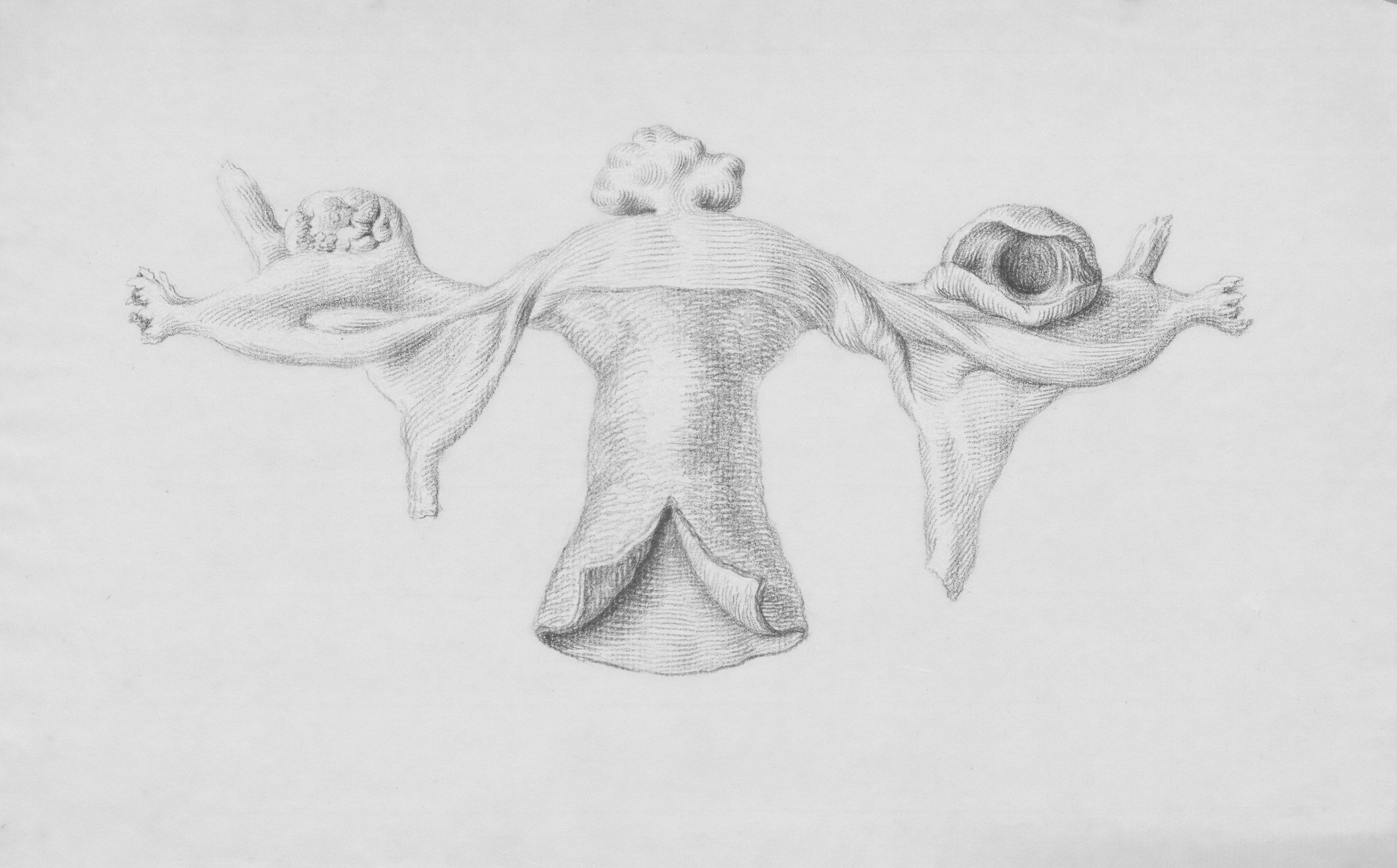
Examining the relationship of training load and menstrual cycle on a web application-based load and recovery score: A longitudinal observational study in elite women’s soccer
This article focuses on a new way to monitor how elite female soccer players handle training and recovery, especially considering their menstrual cycle. Many current monitoring methods don't take the menstrual cycle into account, even though it could affect how athletes perform, respond to training, and recover. The study used a new web application to track a "Load and Recovery Score" (LRS) daily. This LRS combines different measures like physical performance, overall recovery, muscle stress, fatigue, mood, and sleep quality.

Bayesian methods for estimating injury rates in sport injury epidemiology
This article, titled "Bayesian methods for estimating injury rates in sport injury epidemiology," introduces a sophisticated approach to understanding how and why athletes get injured. Traditionally, researchers have used "frequentist" methods to calculate injury rates, which mainly rely on the numbers they directly observe. However, this paper proposes using a "Bayesian" approach, which models injury counts as outcomes of an underlying process and is better at handling uncertainty. A key advantage of this Bayesian method is its ability to create believable injury rate estimates even when there isn't much data available, which is often the case for less common injuries or specific sports.

Advancing Women's Soccer: Historical Growth and Challenges Concerning Athlete Health and Diversity
This article highlights the significant growth of women's soccer, especially in the United States with the success of the U.S. Women's National Team (USWNT). However, it also points out two major challenges that are holding the sport back: the high number of knee injuries, particularly ACL tears, among female players, and the ongoing lack of diversity, specifically the underrepresentation of Black women at all levels of the sport. The article emphasizes that these challenges are connected and need to be addressed together.
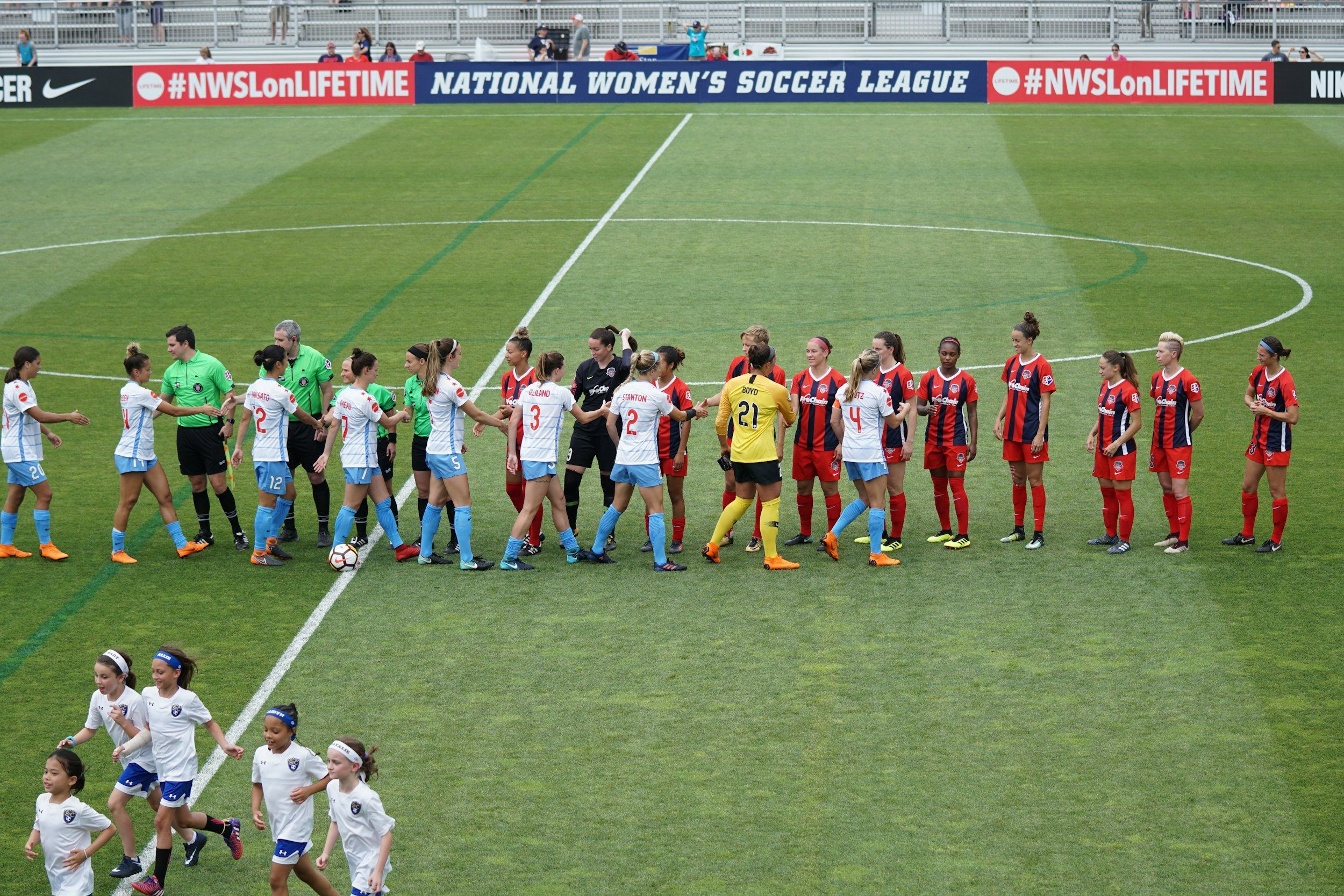
Promotions and Themes: An Empirical Analysis of Attendance Promotions and Themes: An Empirical Analysis of Attendance Factors in the National Women's Soccer League
This study looked into what makes people attend games in the National Women's Soccer League (NWSL), which has been growing quickly since 2013. Specifically, the researchers wanted to see how "themed events" (like Pride nights or cultural celebrations that create special atmospheres) and "promotions" (like discounted tickets or giveaways) affect game attendance.
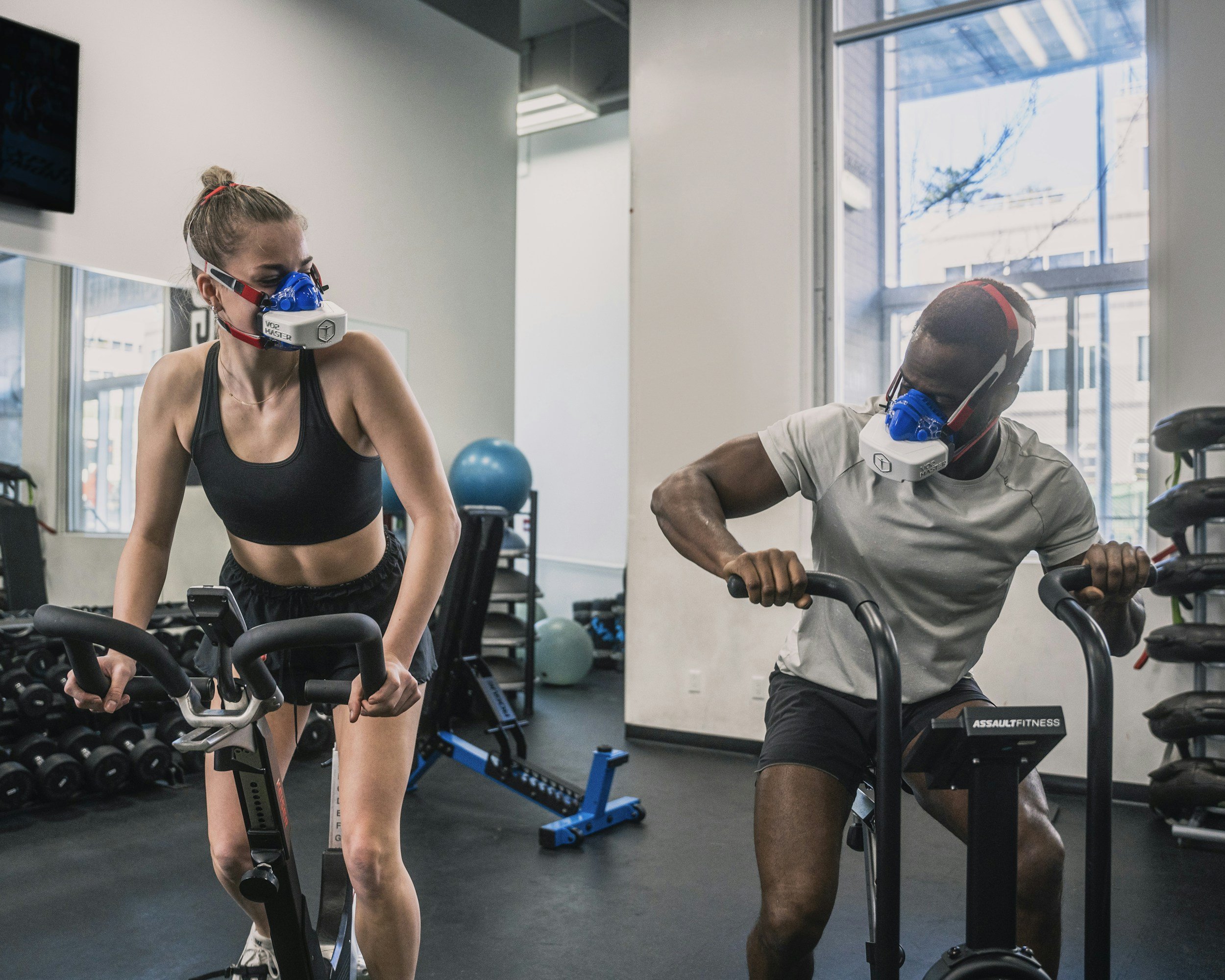
Metabolomic profiles and antioxidant intake in female soccer players:a cross‑sectional study
This study looked into the diet and body chemistry of professional female soccer players to understand how their intake of important antioxidants affects their health and performance. When athletes play intensely, their bodies produce unstable molecules called reactive oxygen species (ROS), which can cause stress and hurt performance or recovery. A diet rich in antioxidants helps the body fight this stress. However, there isn't much specific research on female athletes, and many nutritional guidelines are based on studies of male players, even though male and female athletes have different physical demands and responses.

Less than 4% of participants in studies of carbohydrate-based fueling strategies for soccer performance have been female: results from an audit of her representation
Women's soccer has grown significantly in popularity and professionalism, making it crucial for players to have proper nutrition, especially regarding carbohydrate (CHO) intake, to perform at their best. However, this study aimed to investigate whether the scientific information guiding these carbohydrate recommendations for soccer players is actually based on research involving female athletes.

Predicting Field-Sport Distances Without Global Positioning Systems in Indoor Play: A Comparative Study of Machine-Learning Techniques
This study addresses a challenge faced by field-based sports teams, like women's soccer, that often train indoors: Global Positioning Systems (GPS) don't work inside, making it difficult to track how far athletes run or sprint.
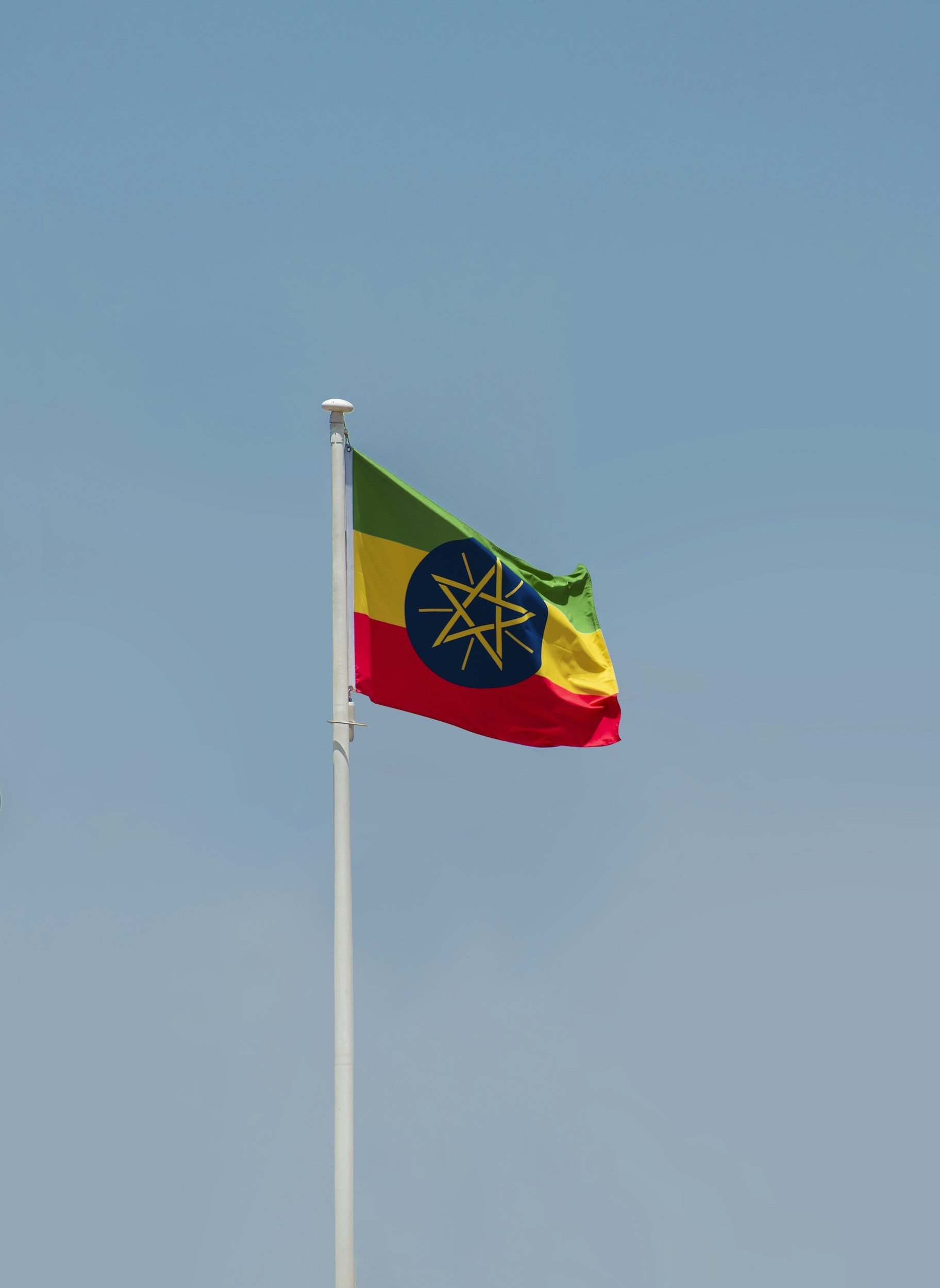
Challenges and Perspectives of Women Football Premier League Clubs of Ethiopia
This research study aimed to understand the challenges and future possibilities for women's football (soccer) premier league clubs in Ethiopia. The researchers gathered information from 373 people, including players, coaches, club managers, referees, and football federation managers.

“We exist. Don’t forget or over look us.”: queering the legacies of the 2023 Women’s FIFA World Cup
This research study looked into how the 2023 FIFA Women's World Cup (WWC), co-hosted by Australia and Aotearoa New Zealand, approached its required "legacy planning" – essentially, how the tournament aimed to create lasting benefits for women's football. The study specifically focused on understanding whether LGBTQ+ (lesbian, gay, bisexual, transgender, queer, and non-binary) women and non-binary fans were aware of these legacy plans and if they felt their communities were included.

Game, Set, Empower: A Comparative Instagram Analysis of Branding and Engagement in the Confederation of African Football (CAF) Women’s and Men’s Champions League
This research looked into how the Confederation of African Football (CAF) uses Instagram to promote its women's and men's Champions League tournaments. The study, conducted as a Master's Thesis, analyzed 674 Instagram posts (276 from the women's league and 398 from the men's) and also interviewed five experts in digital sports marketing, including those who manage CAF's digital presence.

Strategies of Adaptation: Post-Socialist Transformations of Romanian Women’s Football in the 1990s
This research paper examines how women's football in Romania changed significantly during the 1990s, after the collapse of socialism and the sudden shift to a capitalist economy.

Lower-Limb Flexibility Profile in 142 Competitive Female Football Players: A Cross-Sectional Study
This research study focused on understanding and measuring the normal flexibility of the lower body in 142 competitive female soccer players. The main goal was to create a set of reference values, or "benchmarks," for how flexible players' hips, knees, and ankles should be. These benchmarks can help coaches and trainers figure out if a player's flexibility is typical, better than average, or below average.

Home Field Advantage in Women’s International Football
This research paper investigated the concept of home field advantage in international women's football, analyzing 4,416 matches played between 1980 and 2022. The study aimed to determine the size of this advantage, how it changed over time, and if it varied across different geographic regions.

Anthropometric measurements and their relationship to performance in modern women's football, a comparative study between Algerian and French teams 16-20 years
This research study compared the physical measurements (known as anthropometric characteristics) of young female football players aged 16 to 20 from Algeria and France. Ninety players in total, from three clubs in each country, had their height, weight, body fat percentage, skeletal muscle percentage, muscle mass, and bone mass measured.

Prepare for the Unpredictable: Sex differences in neck strength and the association with head acceleration in predictable and unpredictable perturbations in football
This research looked into how male and female football players respond to impacts on their head and neck, especially focusing on differences in neck strength and how the head moves during hits. The study found that while both male and female players experienced more head movement (called "head acceleration") when they couldn't anticipate an impact, female players showed significantly greater head acceleration and displacement, particularly in these unpredictable situations.
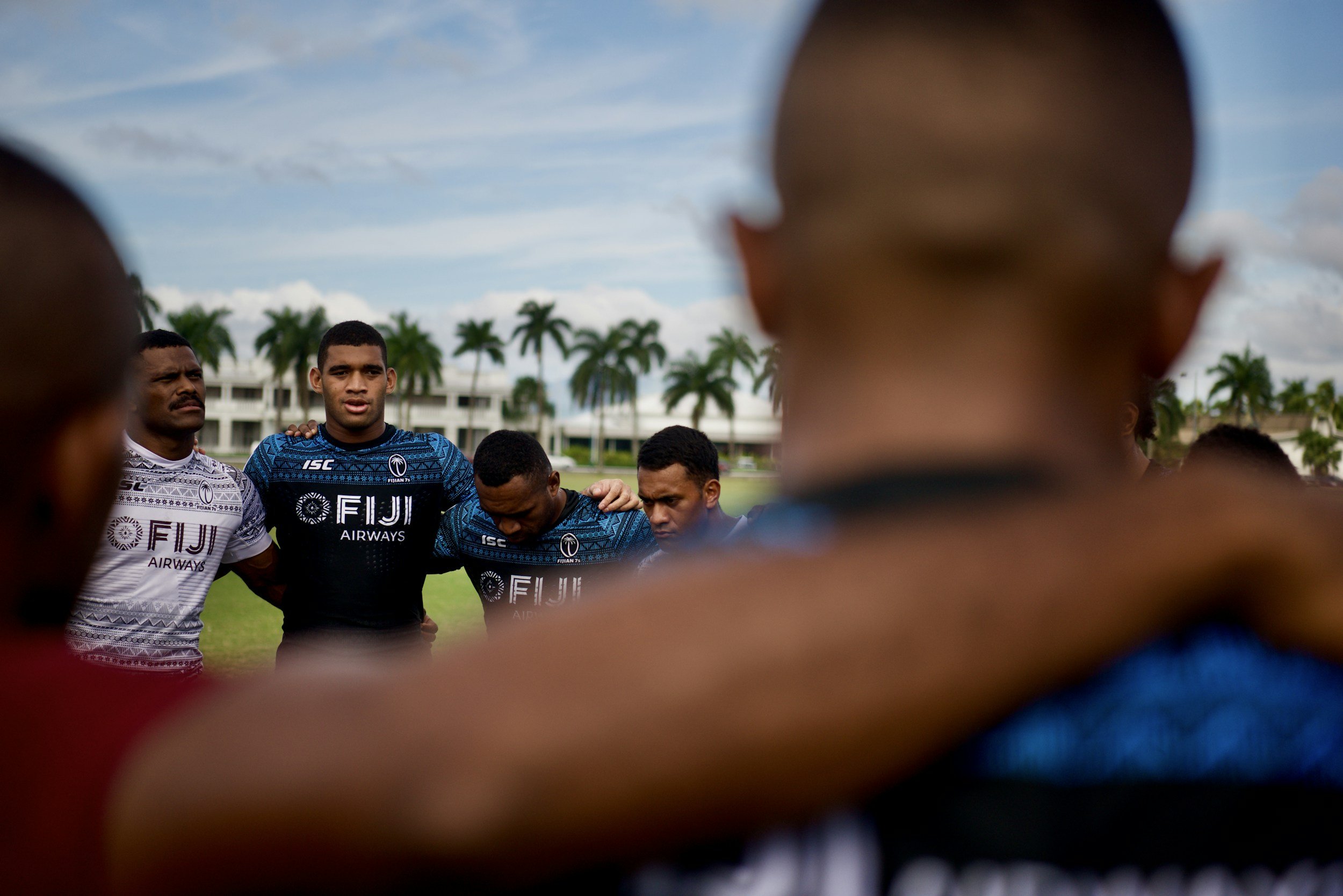
Towards south-south comparative feminist inquiry: ‘Patriarchal varieties’ and women’s subversive strategies in/through sports in Fiji and Brazil
This research explores the experiences of women playing historically male-dominated sports in two postcolonial countries, Fiji and Brazil, focusing on women's rugby and women's football, respectively. The main goal was to understand how different forms of male dominance, called "varieties of patriarchy," in these societies affect how women challenge and overcome barriers to playing sports.

Football as a Catalyst for Entrepreneurship: Evaluating the Impact of Female Athletes’ Sporting Experiences on Entrepreneurial Pursuits
This research looked at how playing football helps female athletes become entrepreneurs after their playing careers end. Even though women's football is growing, many players don't earn enough from the sport alone and need other ways to make money.

Defensive pressure strategies and their impact on offensive play in elite women’s football
Research has looked at how teams attack in elite women's soccer, but there hasn't been much study on how a team's defense right after losing the ball affects the opponent's attack. This study aimed to fill that gap by specifically looking at the relationship between defensive pressure (trying to win the ball back right away) and the way the opposing team starts their attack in high-level games, using data from the UEFA Women's Champions League 2023/2024 season.

Stakeholder Perspective on Challenges in Women’s Football
Women's football still faces big challenges because of old unfair practices and ideas about gender, leading to less money, limited media attention, and the sport not being valued as much as men's football. Despite more people playing and paying attention, hidden cultural beliefs and system problems make it hard to achieve gender equality.
